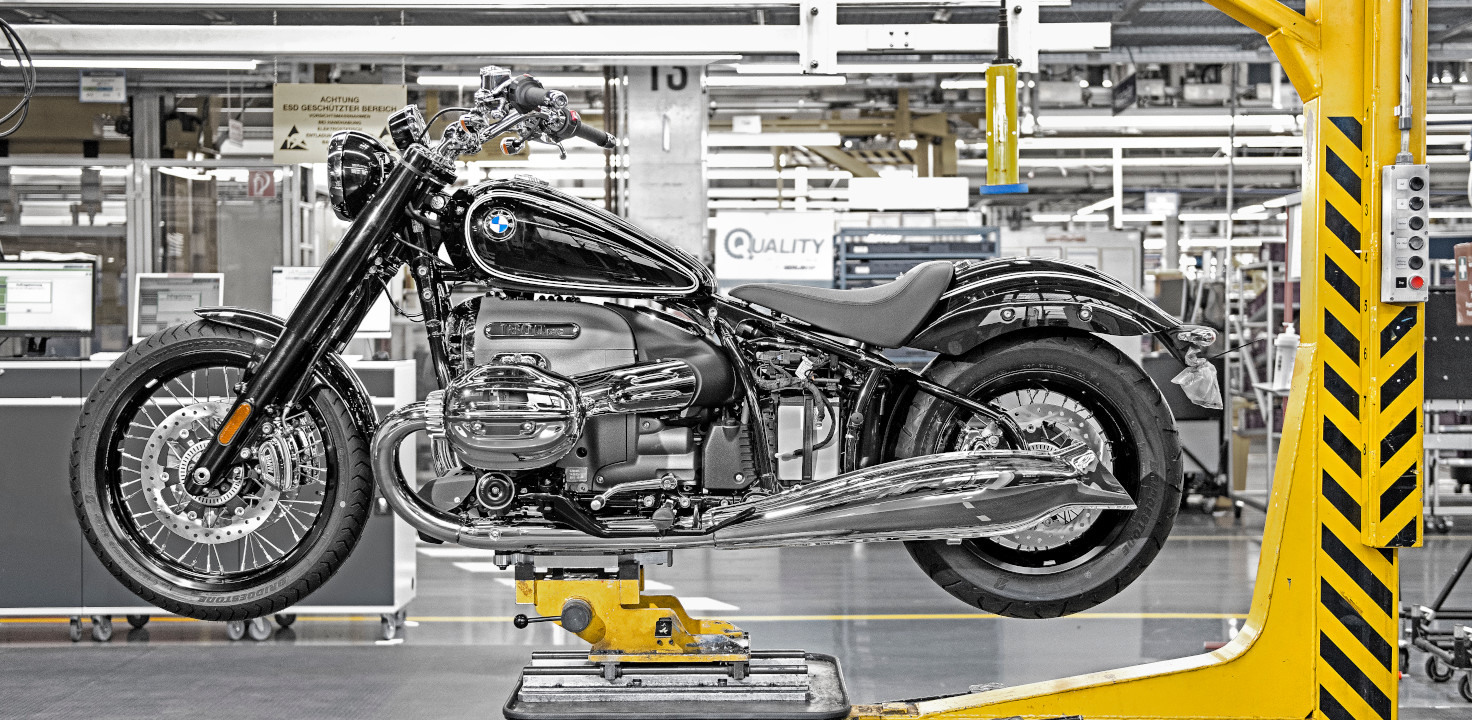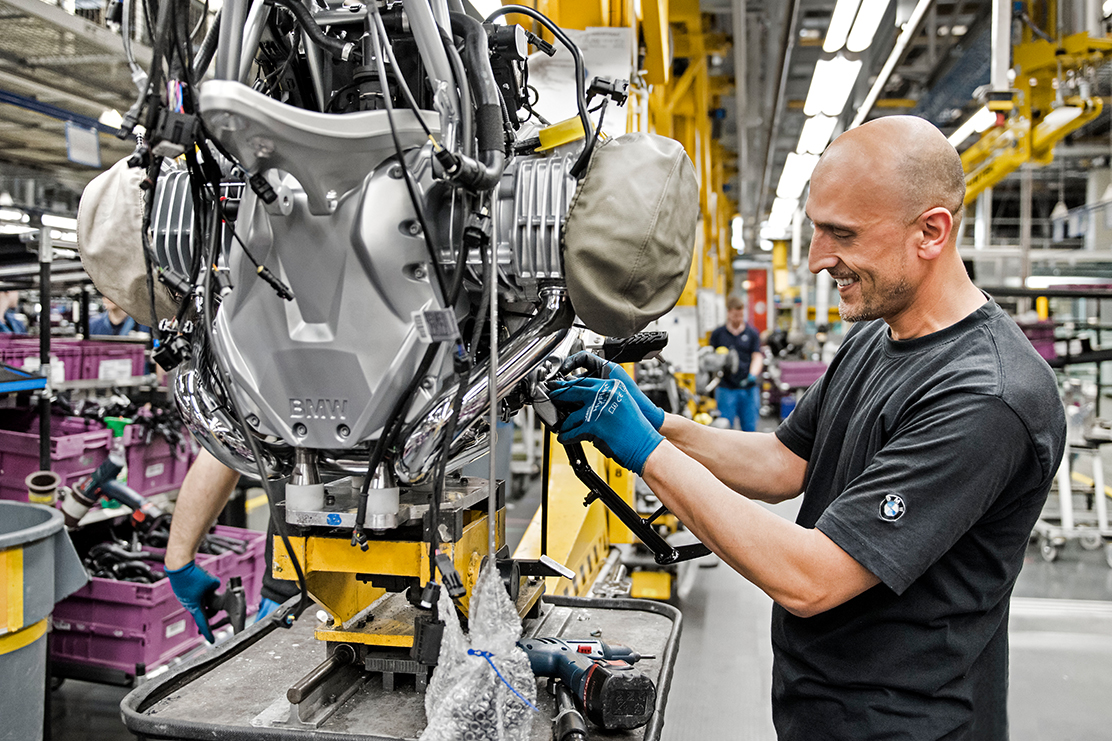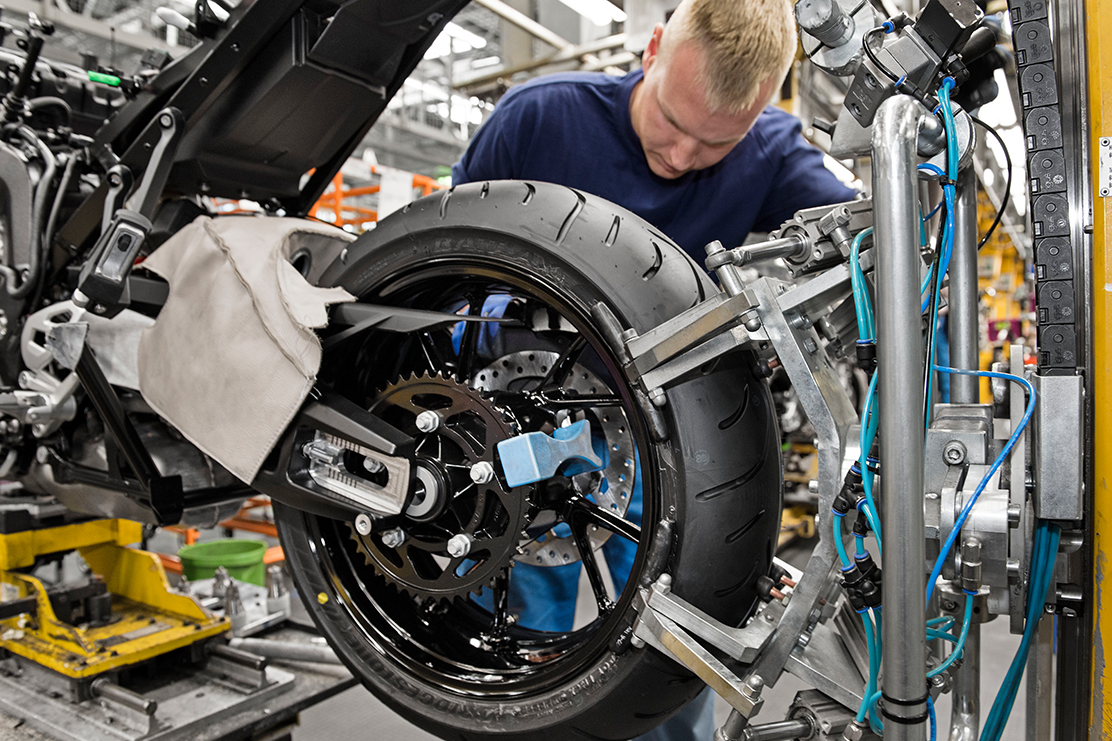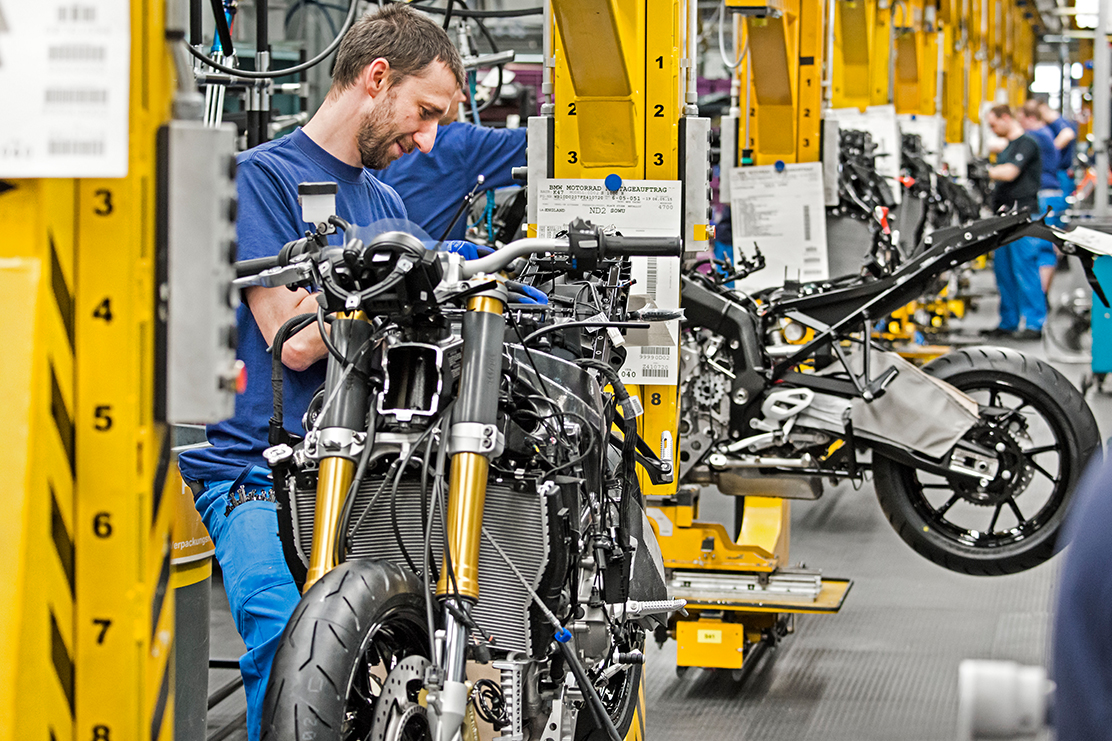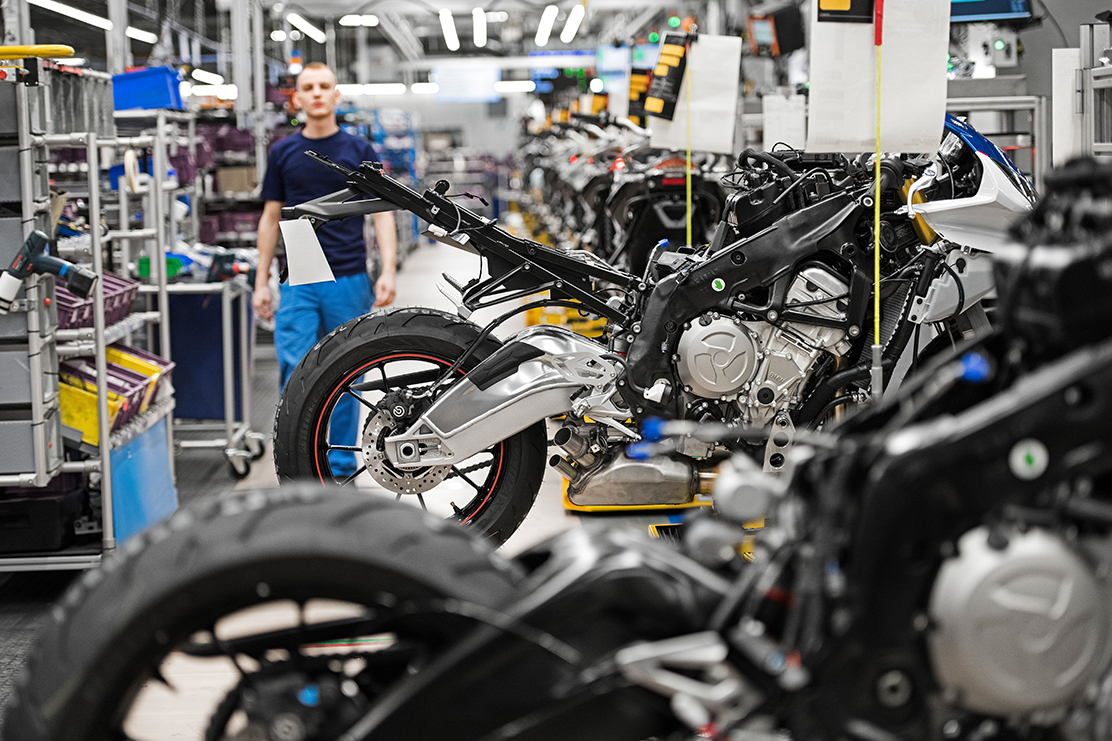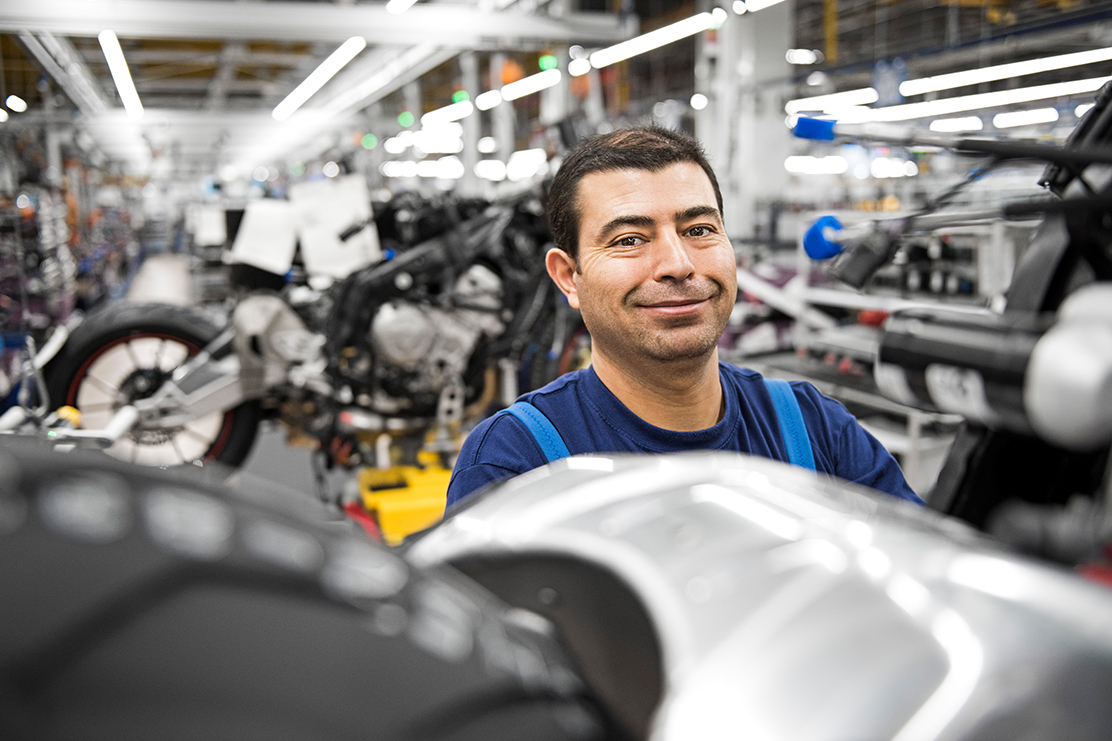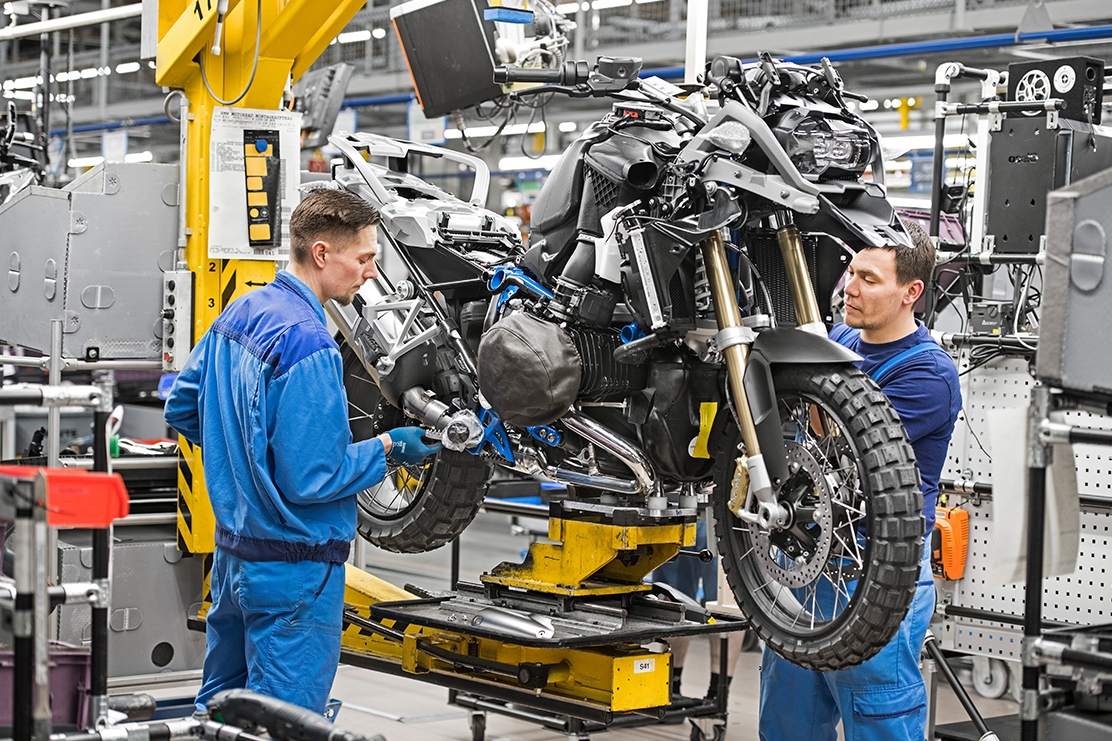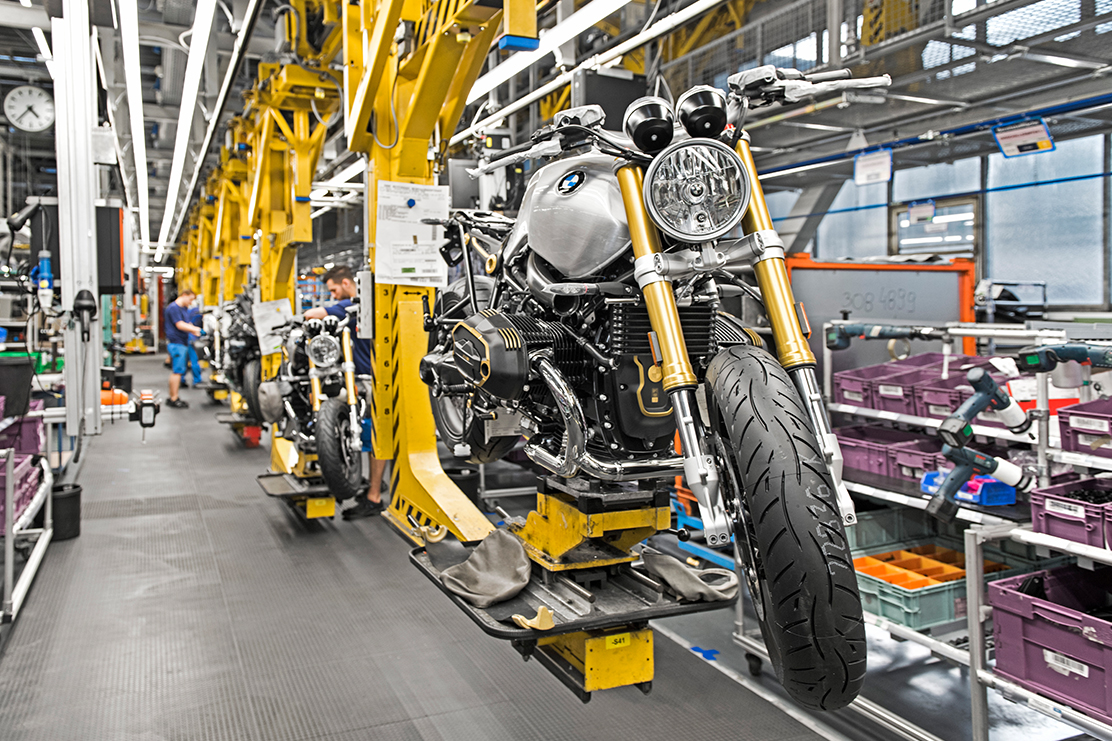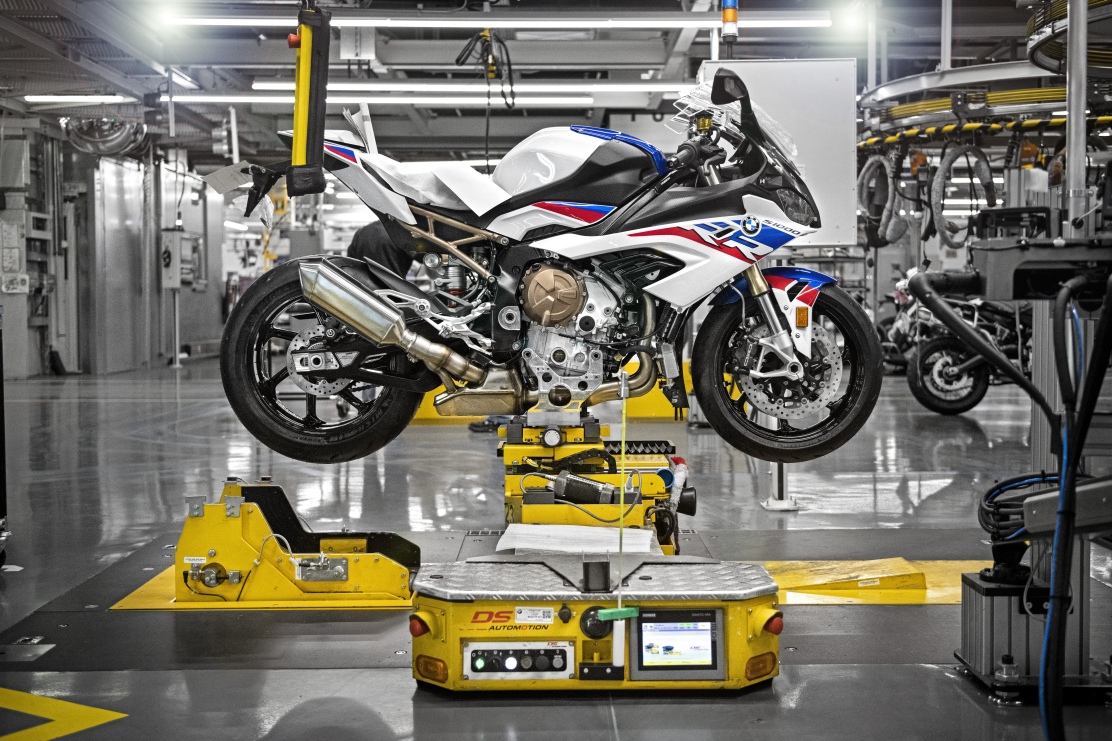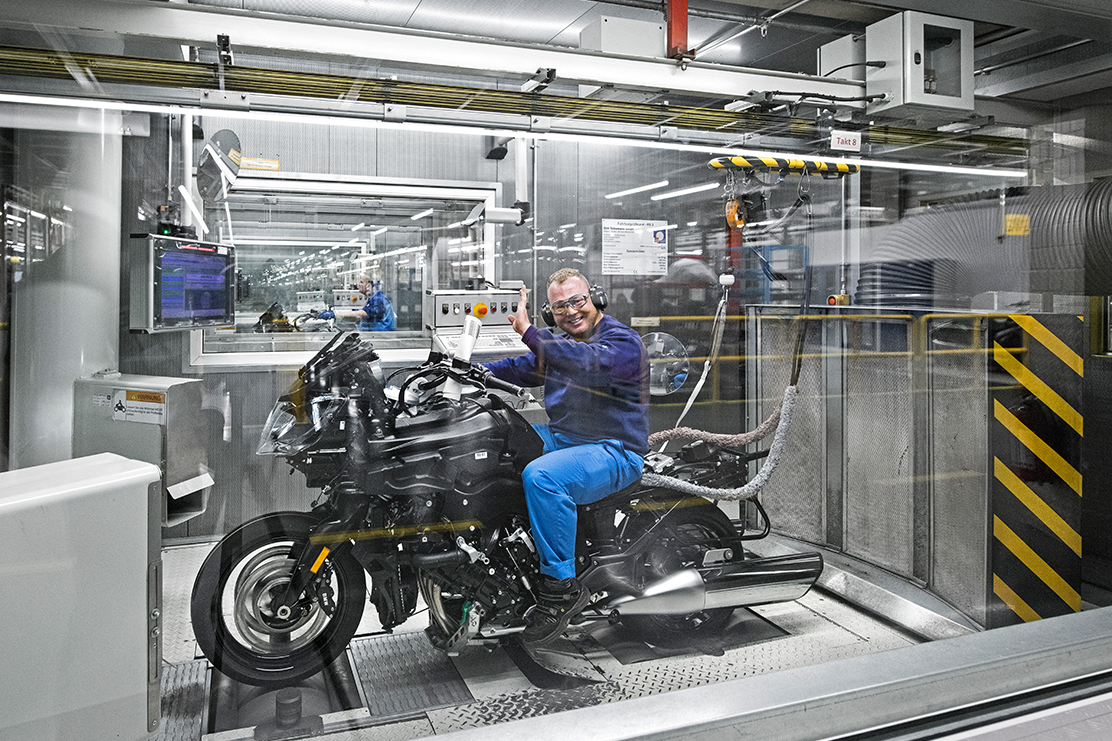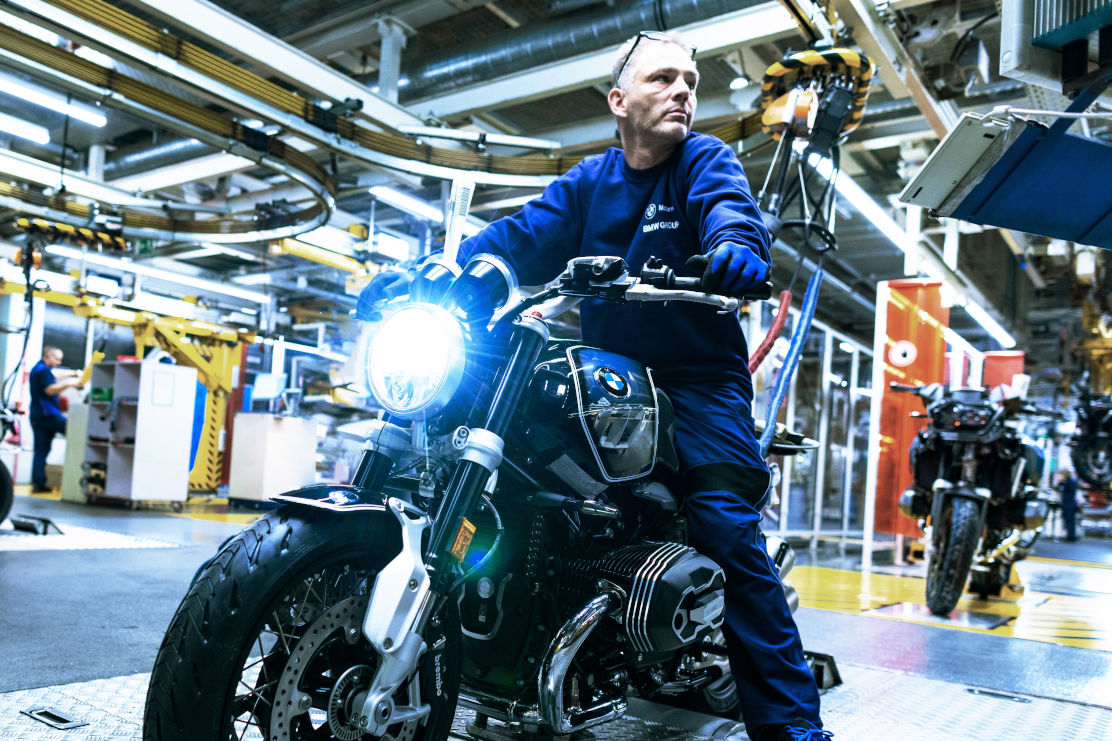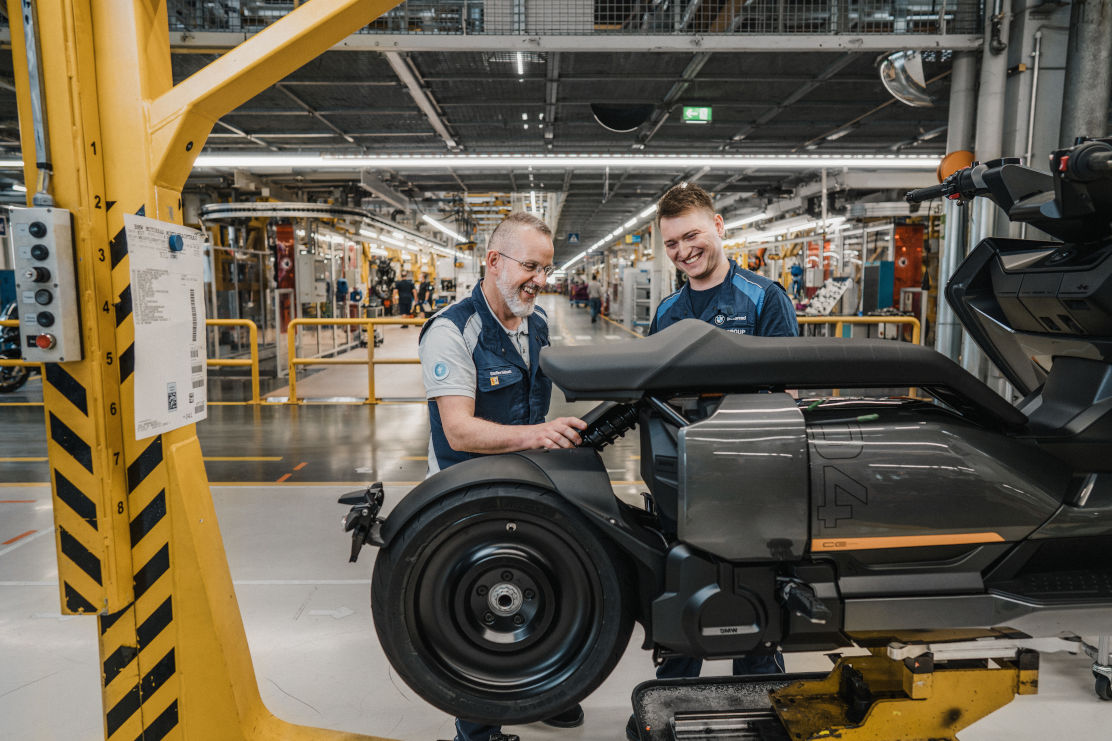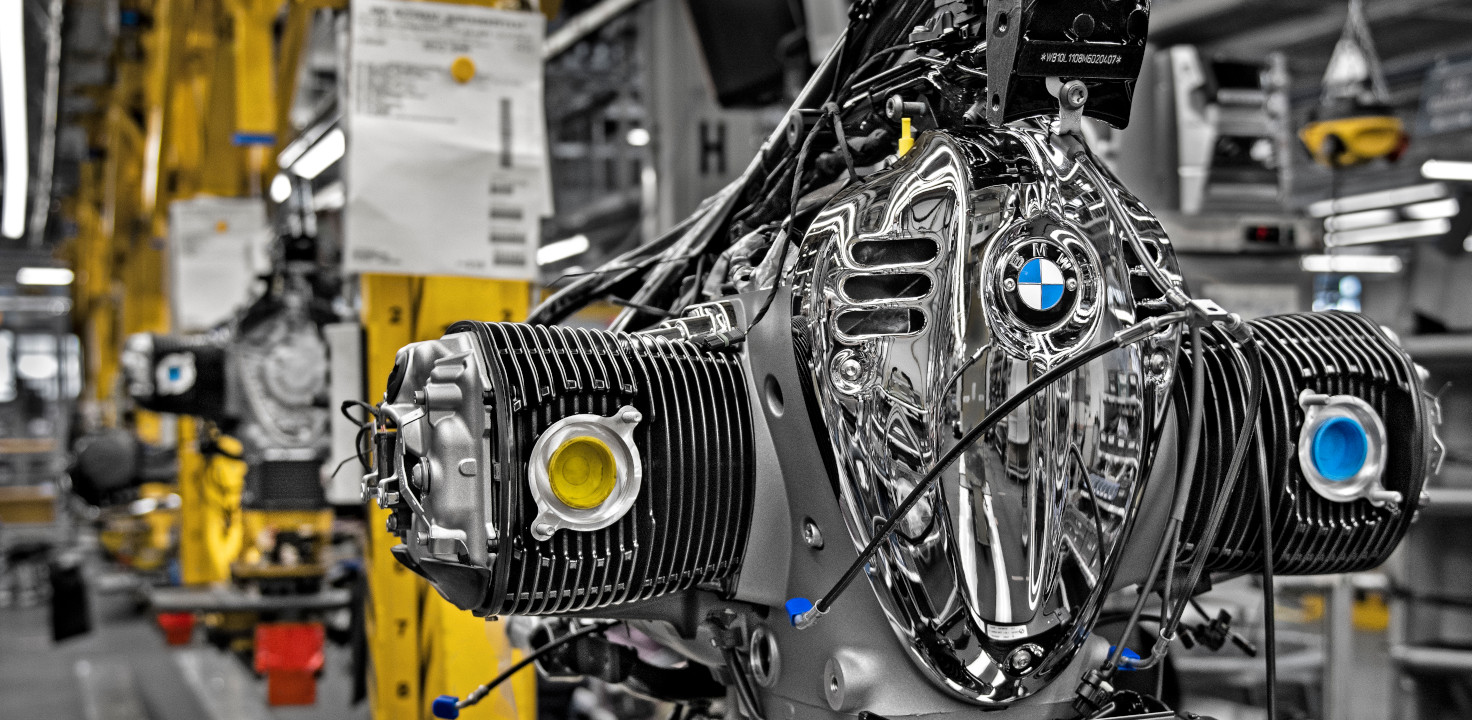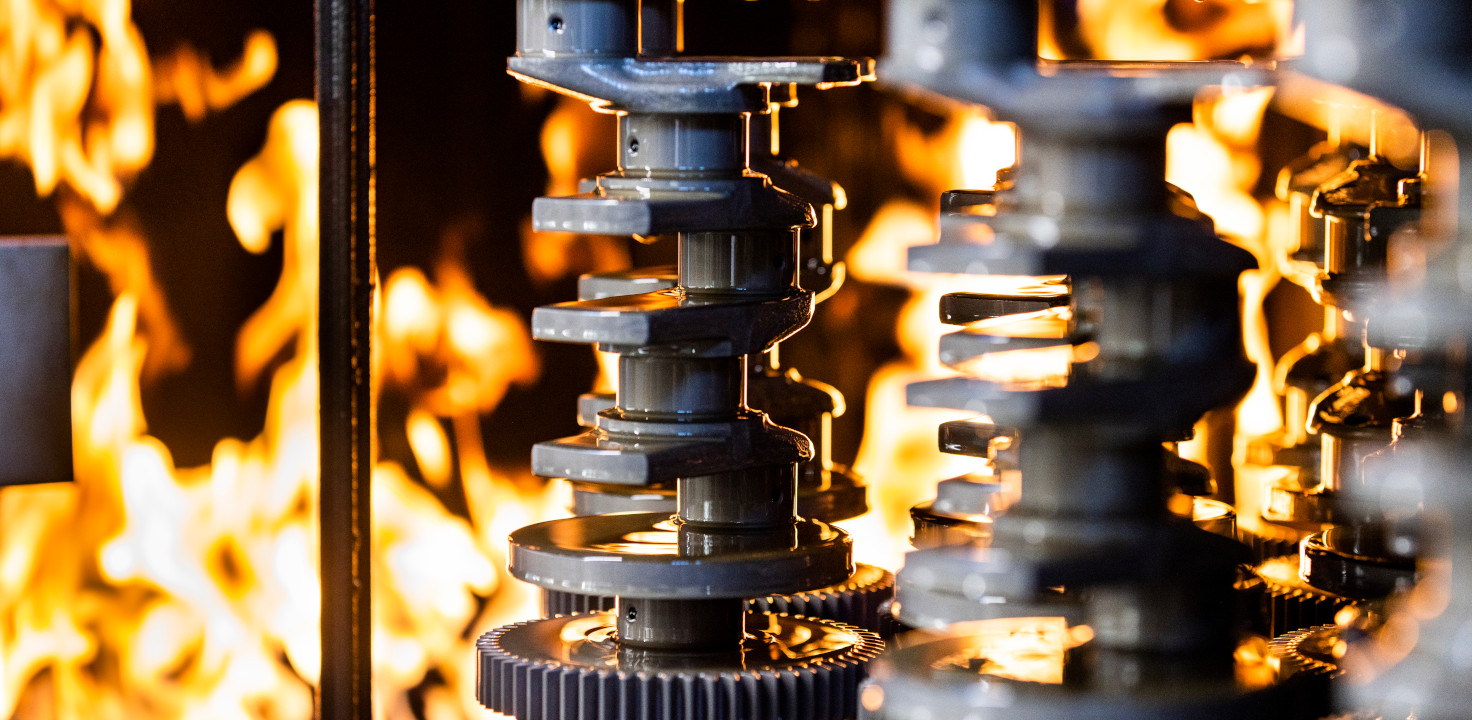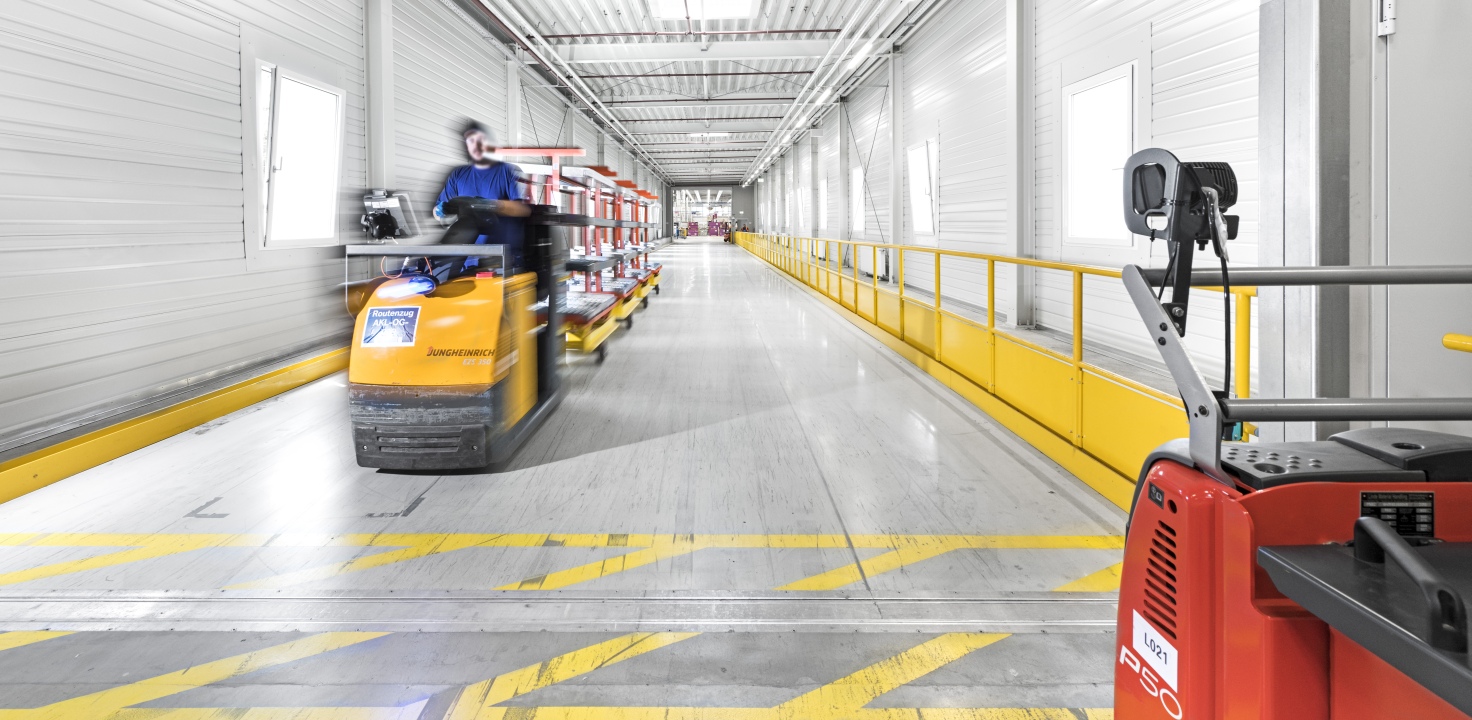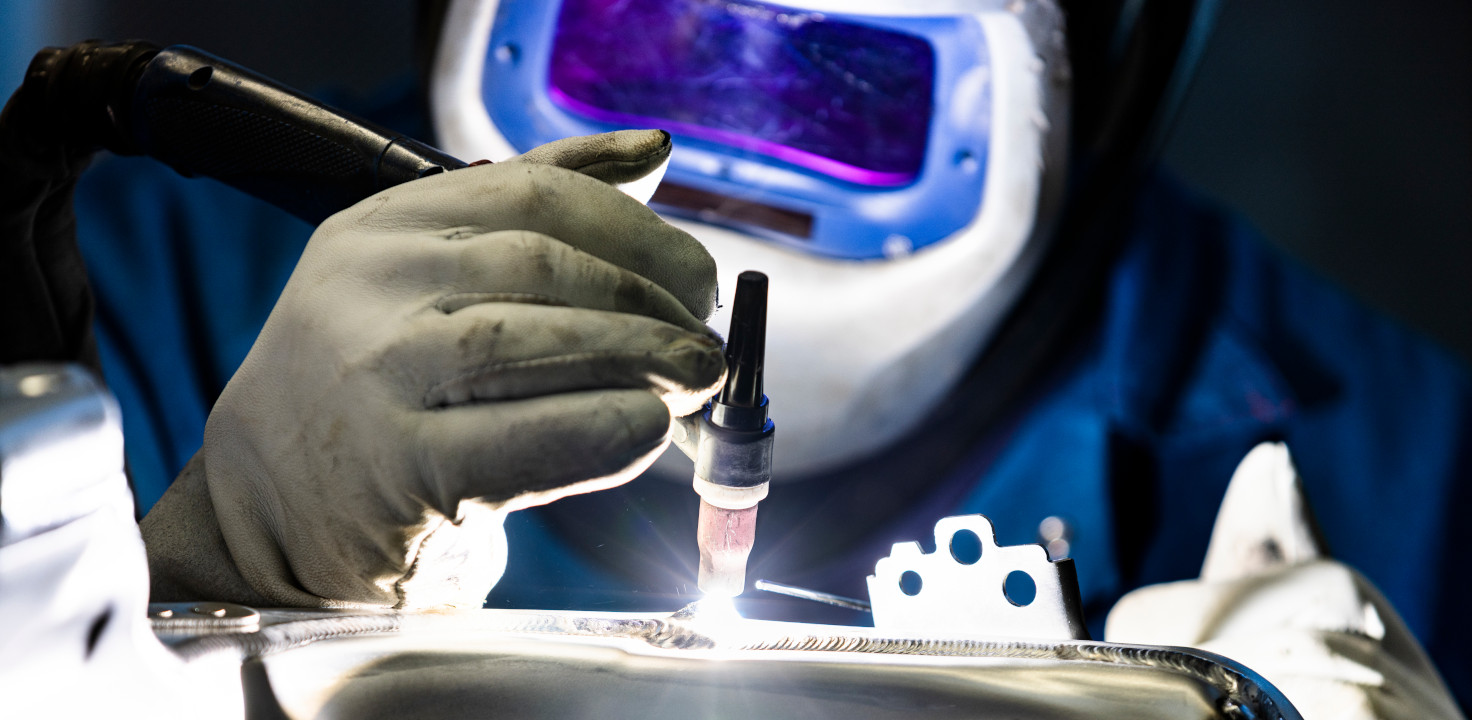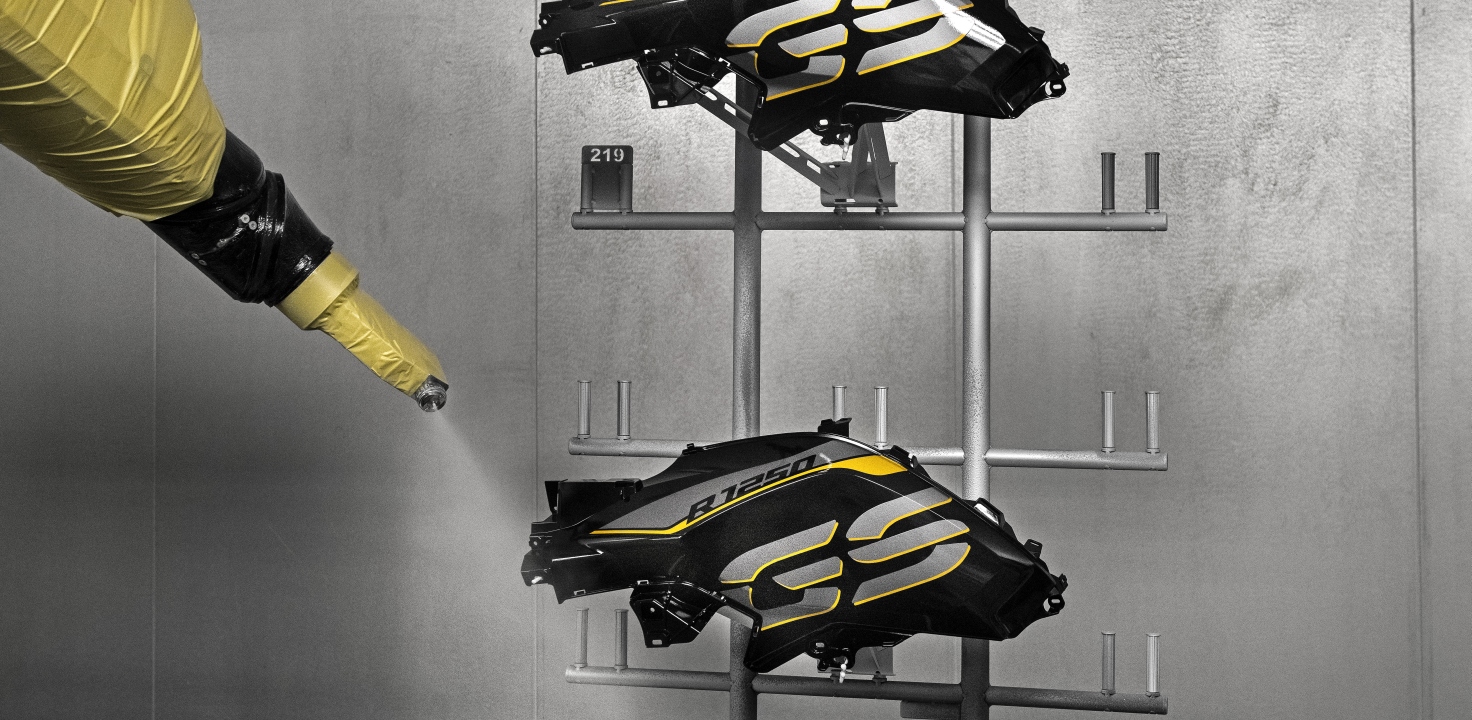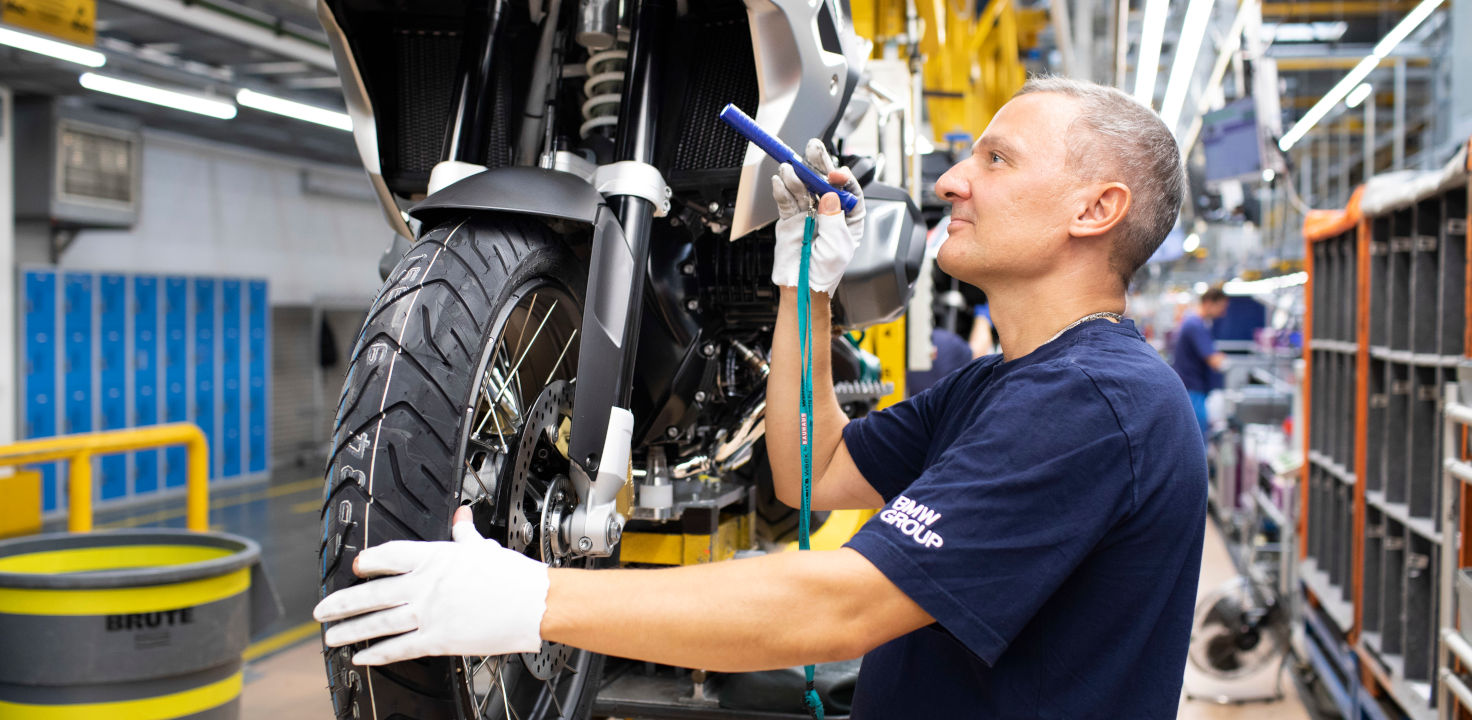The assembly of every motorcycle begins with what the experts call “marriage”, the joining of the frame and the engine. Then, other components are fitted, ranging from the driveshaft to the tank. Each motorcycle or scooter is manufactured individually according to the customer’s wishes. Someone in Norway may require heated handlebars, while in Australia, lugged tires make perfect sense.
At BMW Group plant Berlin, up to 800 motorcycles and scooters are manufactured per day on four basic assembly lines and four finishing lines. The production steering is a complex challenge which is influenced by numerous factors such as volume, cycle times and capacities.
Before a motorcycle moves on its own two wheels, it passes through the factory halls via flexible conveyor belts. The system uses hooks, referred to as C-hooks due to their shape, on which the motorcycles seem to float along the assembly line. In our latest assembly area, lower-weight models pass through production on an AGV, an automated guided vehicle system. Its carts find their way through the assembly hall via induction coils. Both conveyor systems automatically adjust to the ergonomic working height required so that workers have ideal conditions to carry out their assembly steps.
All order-related data as well as tightening torques and settings are automatically transmitted to the relevant assembly station. Depending on the model, it takes between 220 and 360 minutes for the approximately 2,000 parts and components to be assembled into a BMW motorcycle in running condition. During this process, each motorcycle is checked for over 1,000 parameters and subjected to a driving test on the chassis dynamometer.
